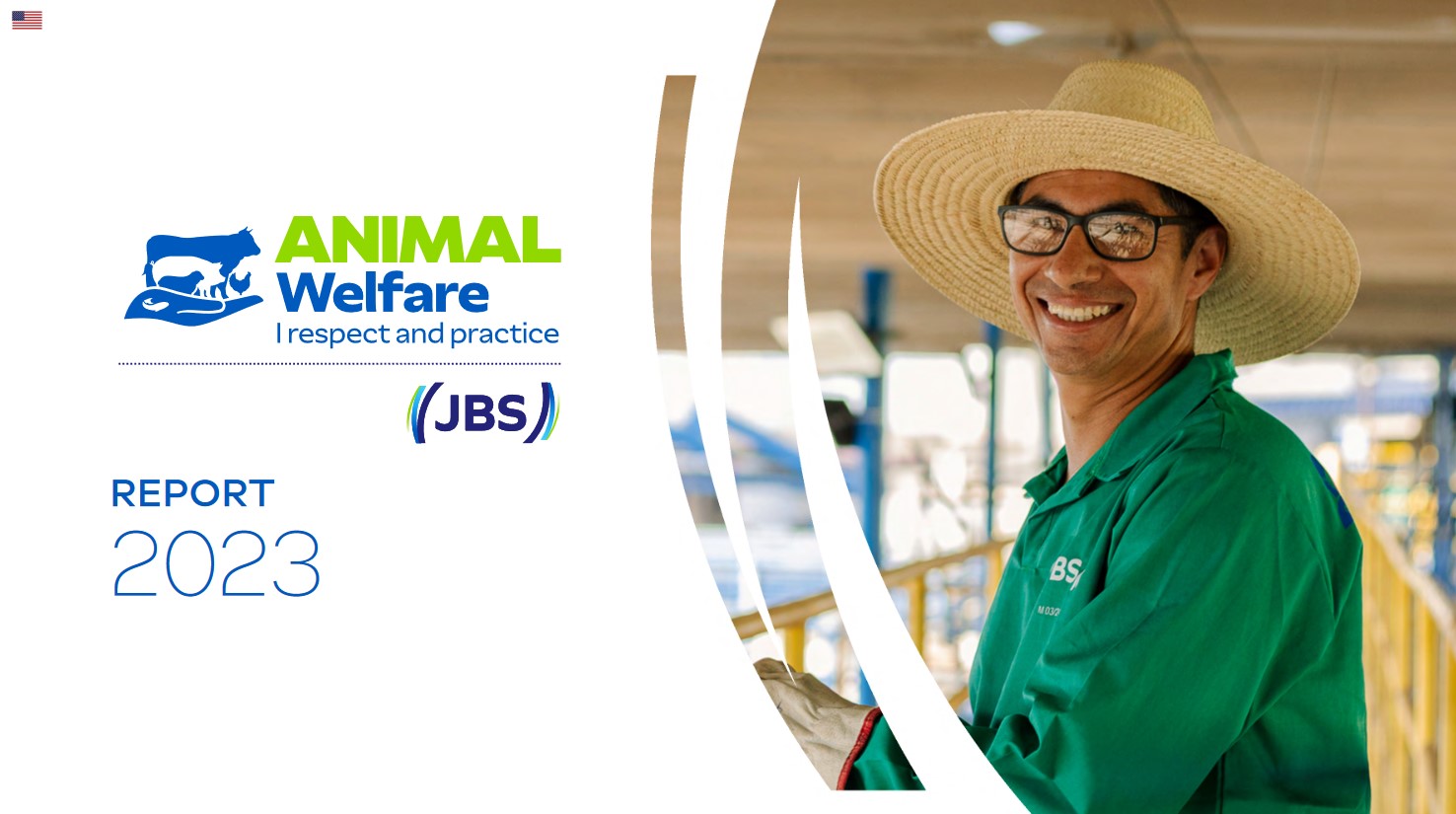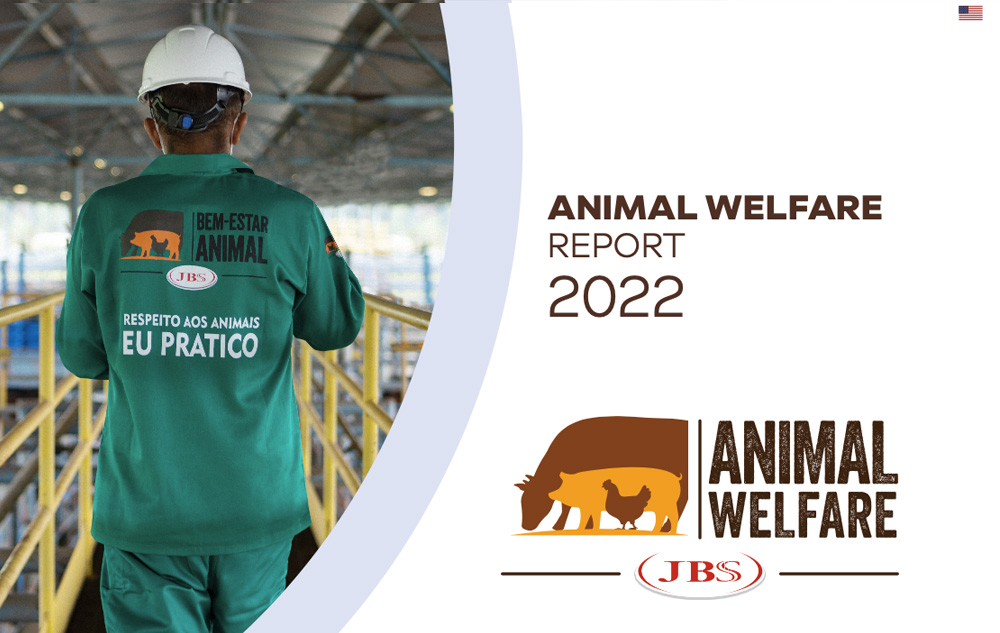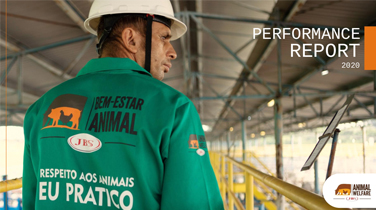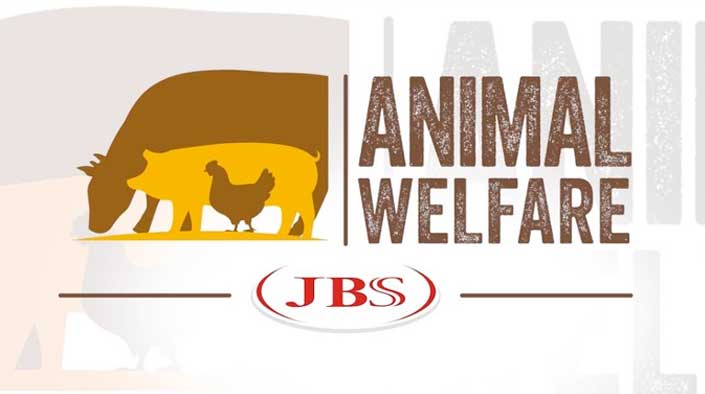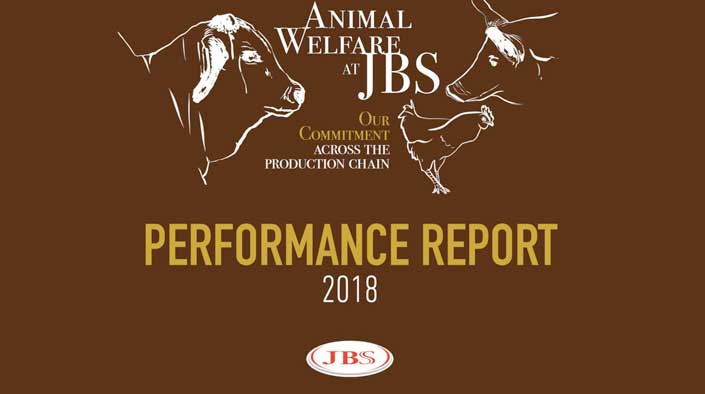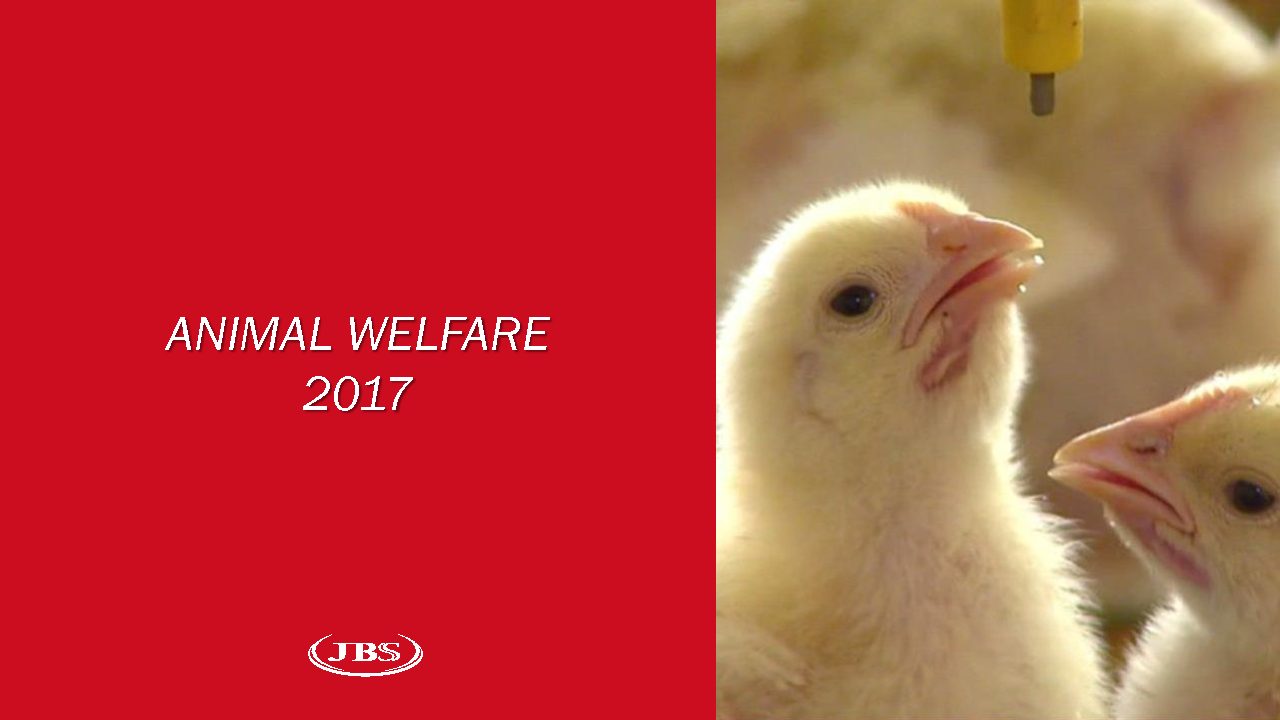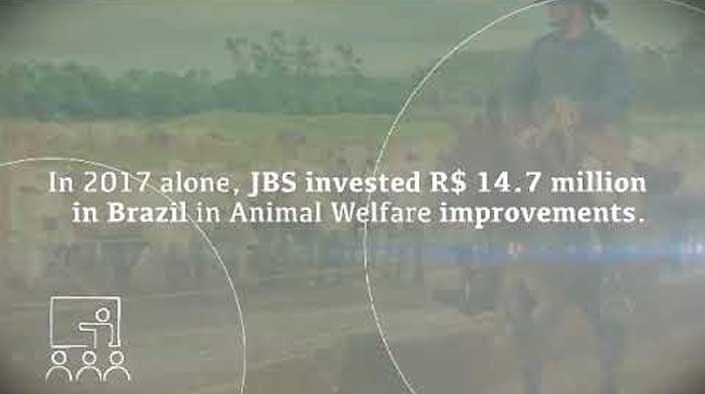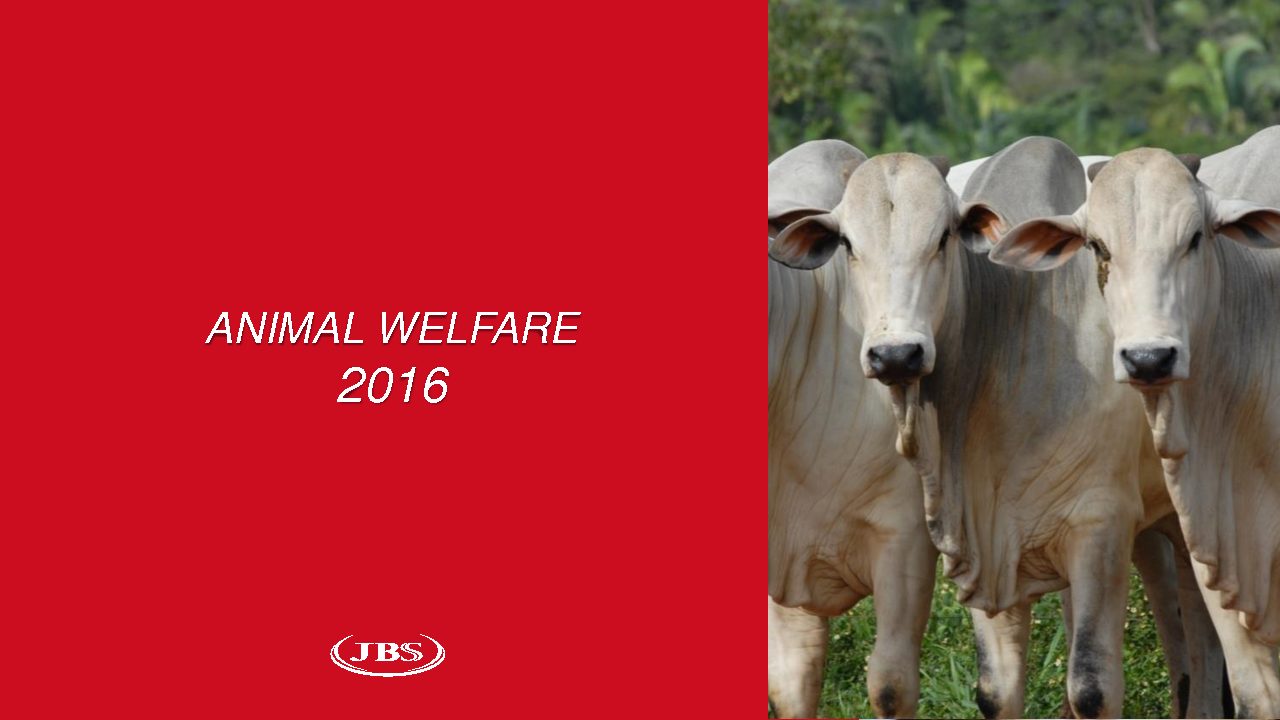Performance Reports
Check here the highlights and Animal Welfare performance reports from JBS.
Performance reports - 2023
Check here the highlights and Animal Welfare performance reports from JBS.
Performance reports - 2022
Performance reports - 2020
Performance reports – 2019
Performance reports - 2018
Performance reports - 2017
Performance reports - 2016

